The Millennium | Crabby Appleton | Interview | Michael Fennelly
Michael Fennelly is an American musician known for his work as a singer and songwriter in the 1960s and 1970s, notably in The Millennium and Crabby Appleton.
Fennelly grew up in Pennsylvania and Westfield, New Jersey, where he attended high school. He began taking guitar lessons when he was nine years old. At the age of 17 he hitchhiked to Los Angeles, and began performing in clubs there. By 1967, he had become a member of songwriter/producer Curt Boettcher’s studio-based collective of musicians. He contributed electric sitar and vocals to the album ‘Present Tense’ by Sagittarius, and then became one of the five singer/guitarist/songwriters included in The Millennium, the sunshine pop group assembled by Boettcher. In 1969 he joined an existing band, Stonehenge, as lead singer, guitarist and songwriter, changing their name to Crabby Appleton. The band were signed to Elektra Records and released two albums.
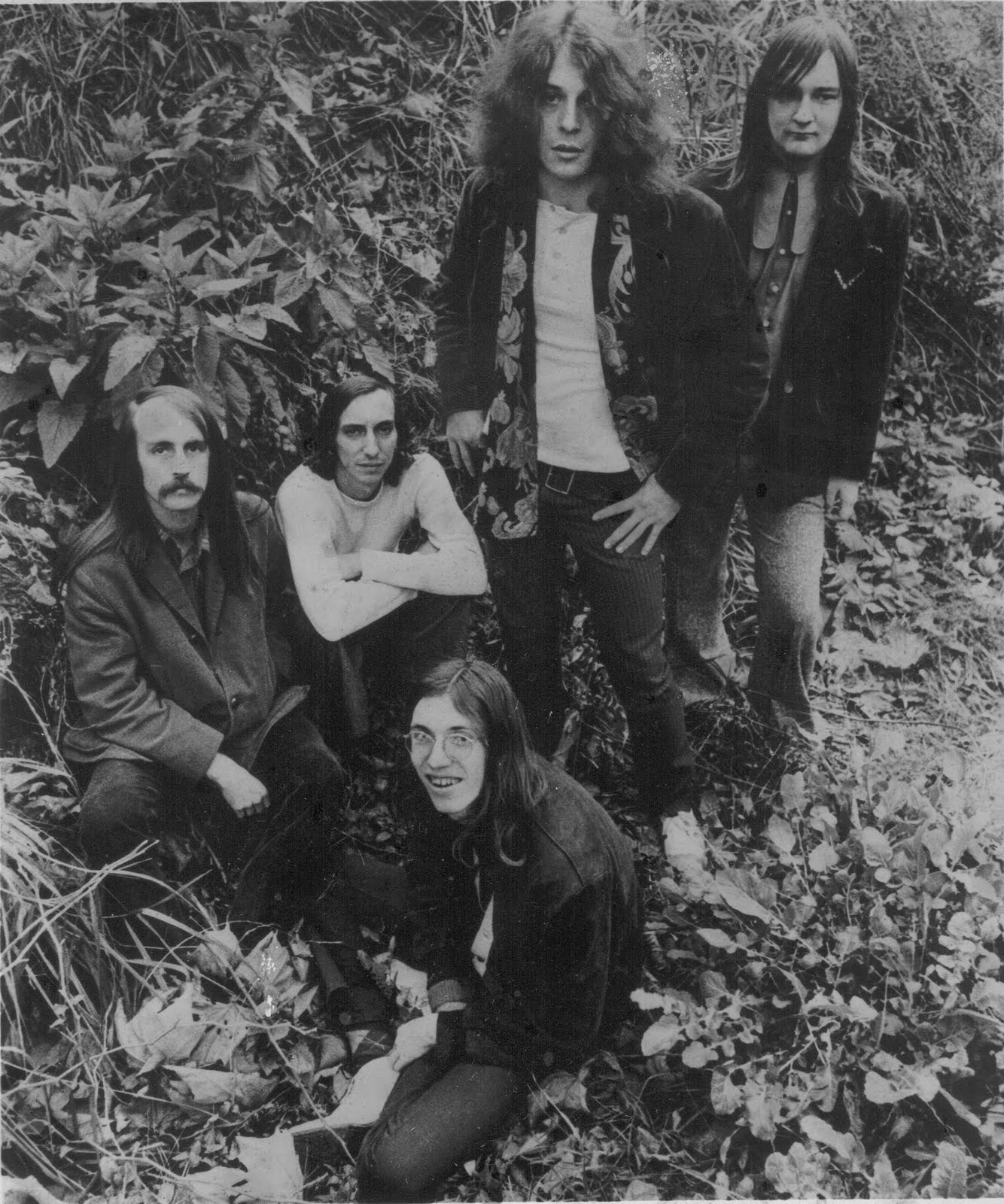
“It was a very creative and collaborative environment”
Tell us about some of the influences.
Michael Fennelly: I was raised on Everly Brothers, Dion, Ricky Nelson, Gene Pitney – all the great singers captured my imagination, as a youngster. Did my stint with folk and led too many campfire singalongs with the same five folk standards. The Beach Boys (my first live concert), Del Shannon, Motown, Tamla. I was 14 – 15 years old when The British Invasion changed everything. All of it was magical. The Yardbirds, The Beatles, The Who, The Rolling Stones (saw them on their second American tour – amazing…), The Pretty Things. I had a job after school at the town record store and took home most of my pay in albums.
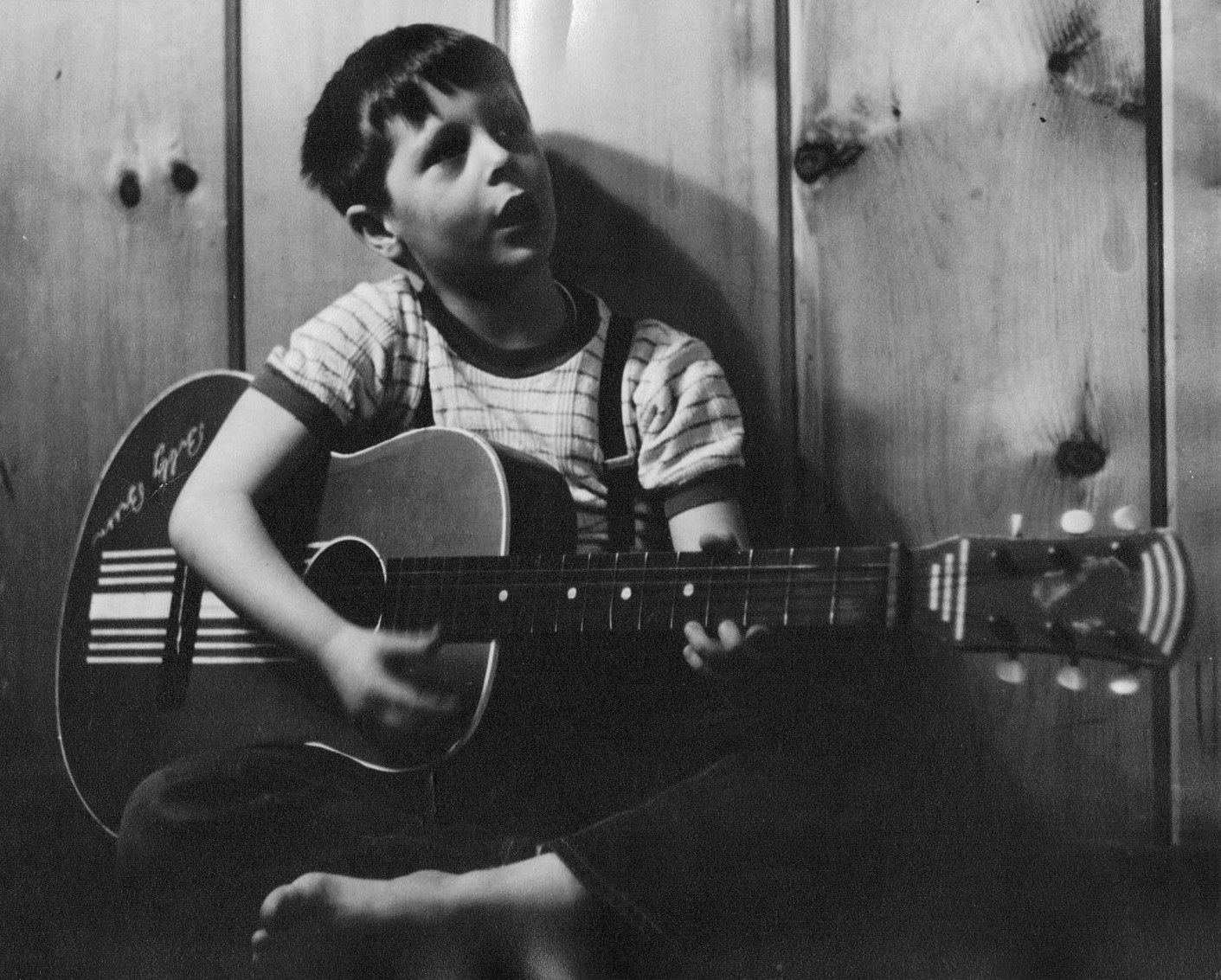
I had been playing guitar and singing and writing songs from a very early age. It was at age 13 that I began to get positive attention from my peers from songs I’d written. So, by the time I hitchhiked to LA at age 17, I could hold my own. I was living in Coffee Houses (the first was on the Sunset Strip, down the street from Pandora’s Box, the center of the disputes that were to be labeled riots. The second was in the heart of Hollywood, a place called “The Omnibus”.
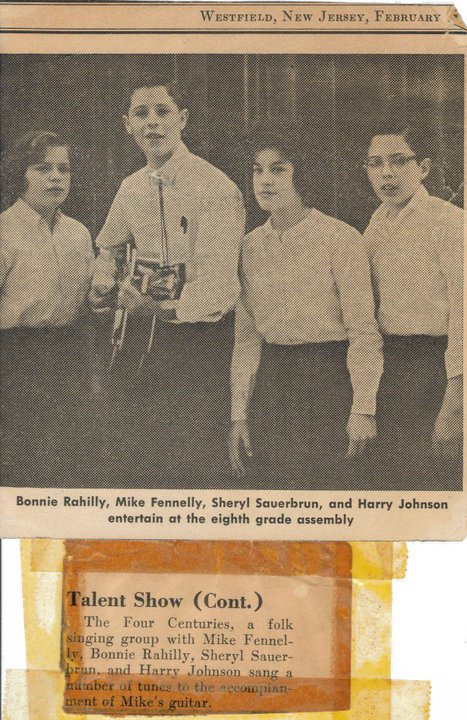
Where did you meet Curt Boettcher?
I’d sleep during the day and help out with the coffee house chores at night and play guitar and sing. A base player I was working with said he knew where we could smoke some great pot. He took me up to Curt Boettcher’s house (he lived in Laurel Canyon at the time). Somehow, I ended up playing and singing some of my songs for Curt Boettcher. He subsequently signed me to his publishing company. They paid me to write songs! How cool was that? Shortly thereafter, I joined The Millennium. I was taken under the wings of Doug Rhodes and Ron Edgar, late of The Music Machine. They schooled this “green” kid pretty hard, on how to swing and how to work with a rhythm section. Next thing you know, we’re living in CBS studios, making an uber expensive album, under the brilliant guidance of Curt Boettcher and Keith Olsen. That’s chapter one…
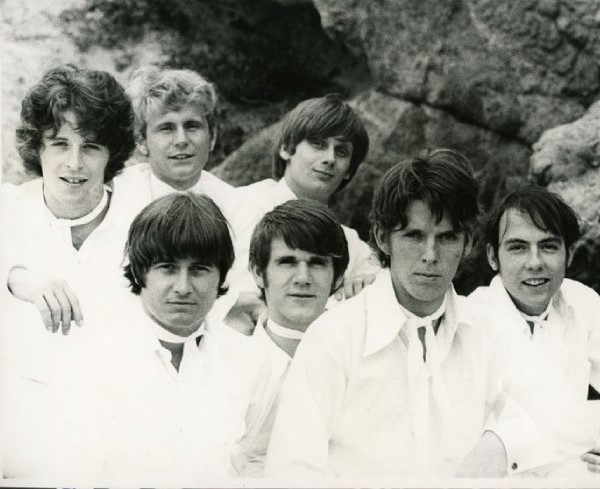
Los Angeles in the mid to late 60’s was amazing. Very freewheeling, compared to the conservative East Coast from which I’d come. I revelled in the freedoms that were all around me, and loved my new life and new surroundings. I felt totally at home in the world of Hollywood hippies and long-hairs. And there was a prevailing sense of rebellion and trying anything that was invigorating. I was already a member of The Millennium when I was asked to do session work on the Sagittarius project. Members of the Millennium, along with many other singers and musicians contributed to that project – but it was simply session work – we were not attached in any particular way to the Sagittarius project, other than through our affiliation with Curt Boettcher and Gary Usher.
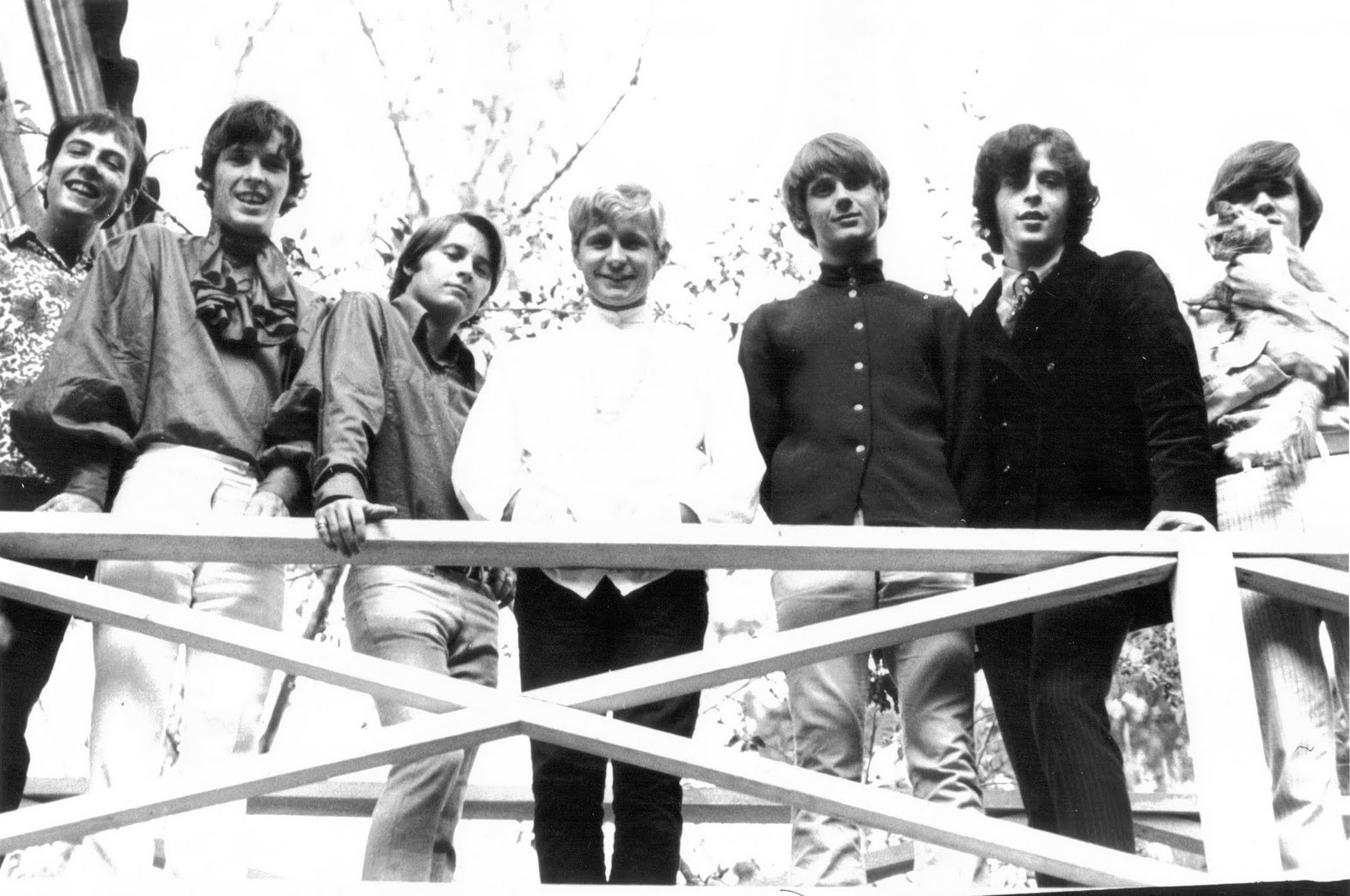
Soon you started recording ‘Begin,’ which is an absolutely beautiful album.
We spent an extraordinary amount of time in the recording studio, experimenting, and fussing with equipment to get sounds just right. It was a very creative and collaborative environment. All of us gathered in a circle around a mic to sing harmonies – that I remember well. The whole process of recording ‘Begin’ was an educational experience for me.
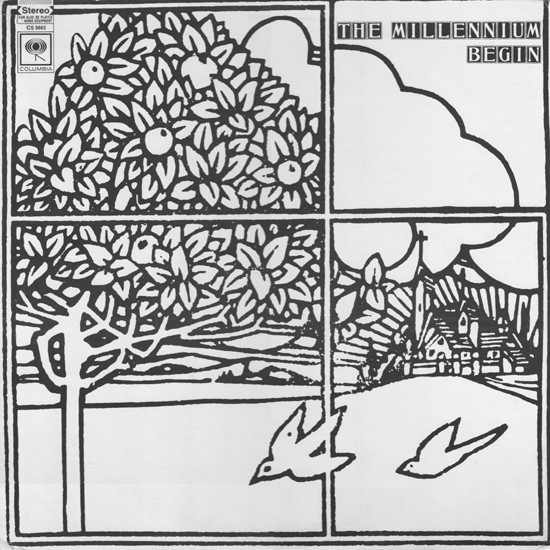
How was working with Curt?
I would describe working with Curt as exhilarating and frustrating. He was very charismatic and energetic and brilliant, and his creative leadership was a real force that inspired those around him. But Curt was also not above using the talents of those around him, and placing his personal stamp over it. Sometimes, he’d double a vocal sung by another member, and then mix his voice higher, to place himself in the forefront. Members of The Millennium grew weary of being used thusly.
What can you tell me about the cover artwork?
It’s an antique German woodcut. We felt it conveyed the positive philosophy of The Millennium – hope for a better time and place.
Did you do a lot of gigs?
The Millennium never toured. We played one gig – at a college in Southern California. We were really only a studio group.
You also recorded material for your second album, but it wasn’t released at the time. In 2003 ‘Pieces’ was released with some of the songs made for the second album.
We did not record songs for a second album. We recorded one single, after the ‘Begin’ album, ‘Just About the Same,’ b/w ‘Blight’ (a song I wrote about the Millennium’s demise). All the Millennium material released in recent years is comprised of demos we recorded for our publishing company.
Next you joined Stonehenge, which later became known as Crabby Appleton.
I didn’t join Stonehenge. Rather, I joined forces with the members of the band Stonehenge, after they let their guitarist and their singer go. Together, we formed Crabby Appleton, and rehearsed and recorded material I had written before meeting the guys in Stonehenge.
We were treated well, from a personal standpoint. Folks at Elektra were nice. But, there was too much turnover at the label to know who our champion was, at any given time. It’s always been hard to sort out the shortcomings we had in personal management from the delivery on Elektra’s part.
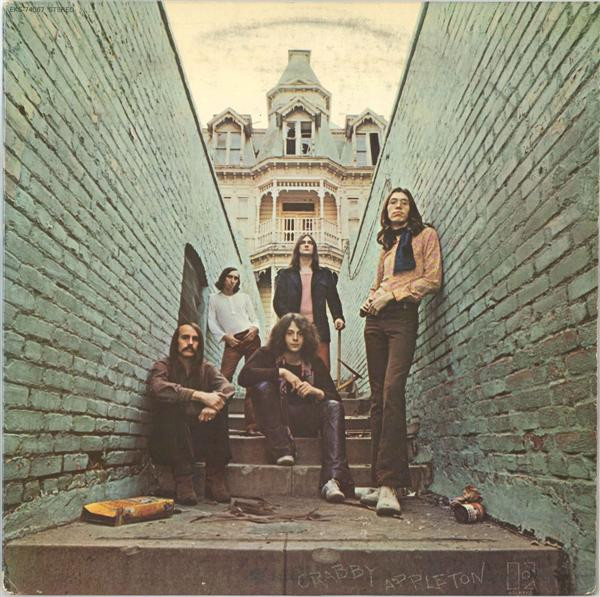
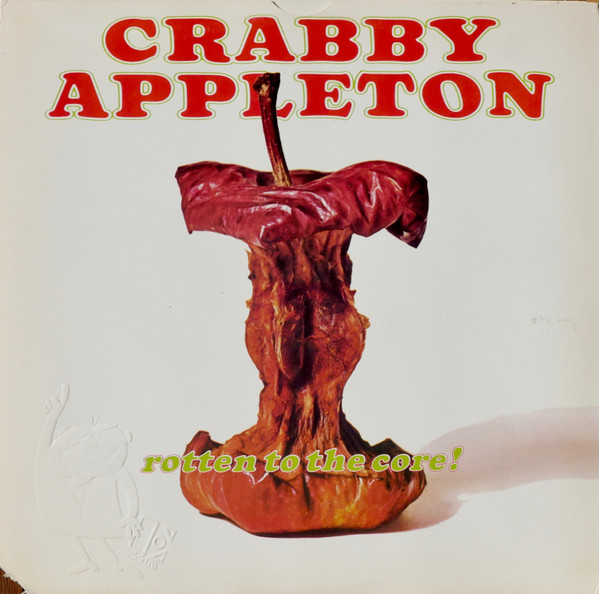
But, we often found ourselves playing in cities where our record was not in stores. That was disturbing, to say the least. And there were little things that were troubling, such as the insistence by Elektra’s art department to have the Crabby Appleton logo at the top of our first album be on a clear sticker, that was removable, when one peeled off the shrink wrap.
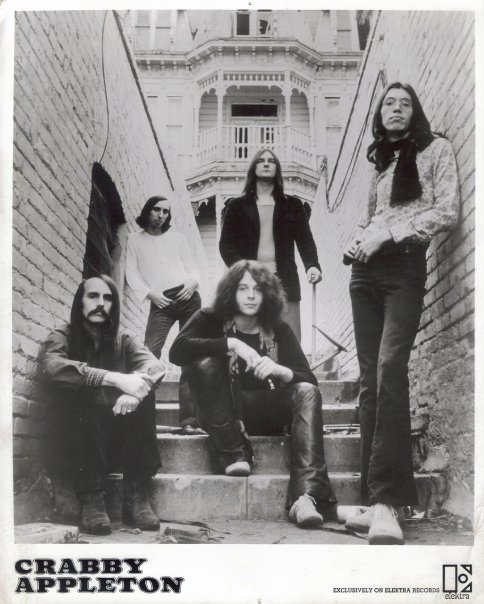
It wasn’t long before we found albums being shipped without the sticker – rendering the LPs nameless in the record bins. It’s hard for me to single out Elektra as the culprit for the seeming lack of a hard push, when our first single was halfway up the charts.
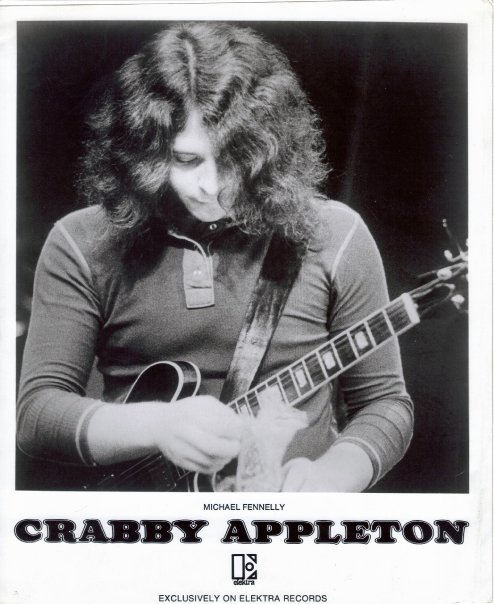
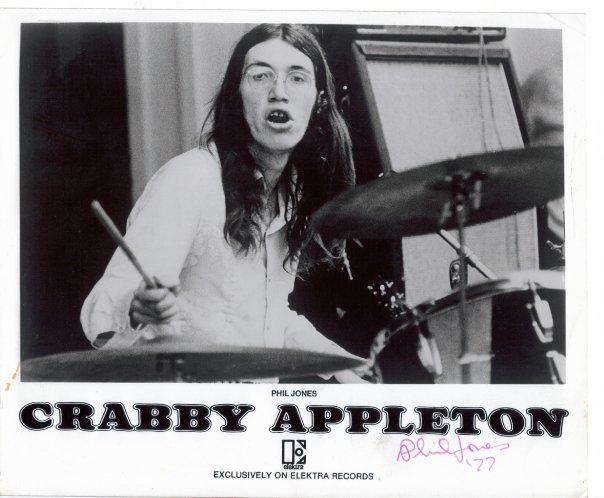
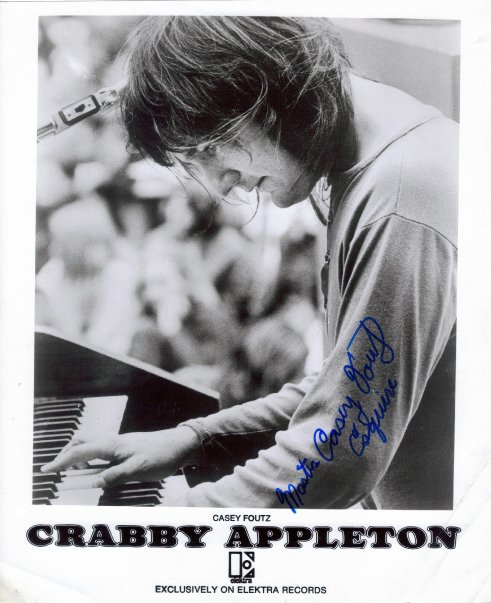
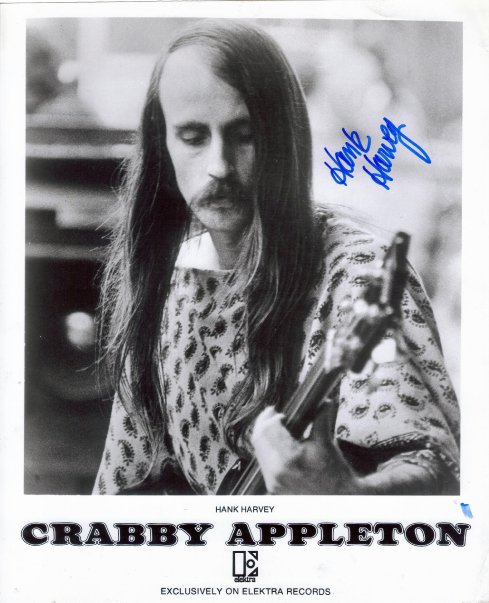
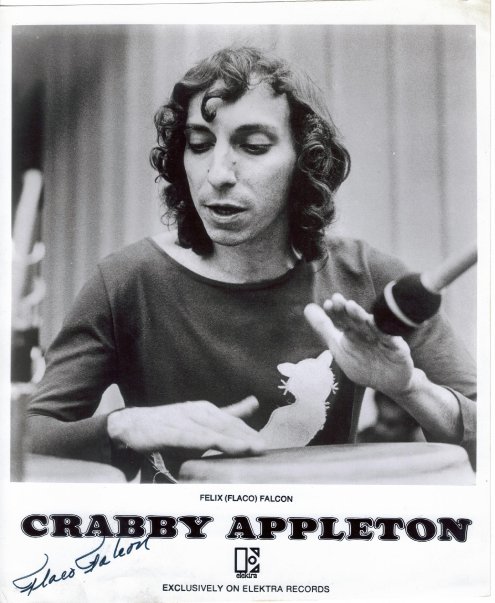
Crabby Appleton’s touring life was bi-polar. Not sure if other bands experienced the road in the same way. But our hit record was sporadic, as far as location/popularity. We’d have the number three record in some markets and be unknown in others. So, we were Gods in Salt Lake City and nobodies in Ogden. One night, we’d be playing to 18,000 enthusiastic fans in Miami and then the next we’d play to five bored guys, more interested in their beer than us, in “Mr. JB’s” on the highway.
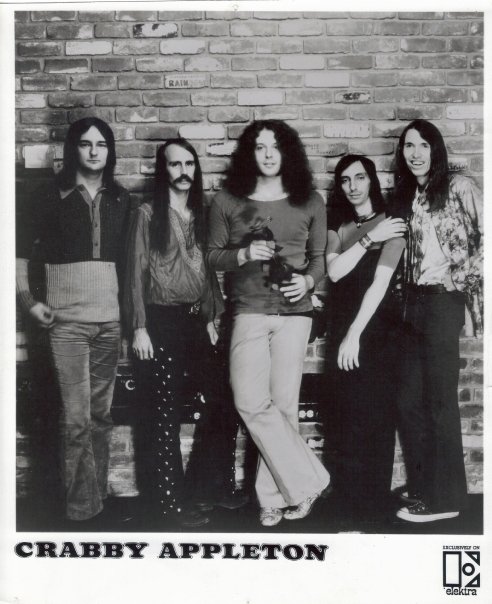
It was schitzo – but it kept us humble. We flew, some of the time, and drove others. Kinda all over the map, literally and figuratively. One of our early gigs, after ‘Go Back’ was climbing up the charts, was opening for The Doors (just two acts on the bill). We had a hit in San Diego, and before we went on stage, we pulled back the stage curtains to get a peek at what all the crowd noise was about. Somewhere in the neighborhood of 20,000 people were cheering, every time someone in the crowd gave a good punch or shove to a giant inflated ball that was being batted around the auditorium.
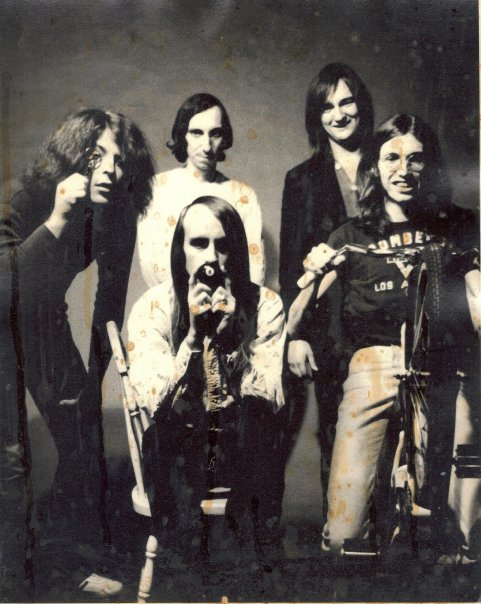
This was more noise than had ever been made for us… (gulp). We played like demons, felt we had a great show, and felt that “power invested in you” thing, where, if the crowd had chanted “fly! fly! fly!”, we could have flapped our arms and hovered in the air… We played many pop festivals, popular venues at the time. Played gigs with The Guess Who, Sly & the Family Stone, Bob Seger System, MC5, Ten Years After, Jethro Tull, Spirit, Steve Miller Band, Thin Lizzy, Chuck Berry, Albert Collins, to name a few…
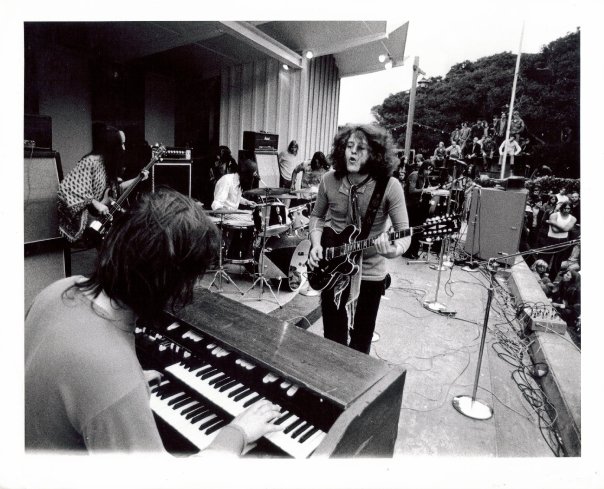
Festivals were kinda fun, when they were the rage. One, though, stands out, for other reasons. It was at Devonshire Downs, a dusty race track outside of LA. Ten Years After, Jethro Tull, et cetera. It was hot, and the Santa Ana winds were blowing dry electricity. We were indulging in some flavor of the month substance in the trailer, and, when we went on stage, I had a big wad of bubblegum in my mouth (Bad idea). As I stepped up to the mic, to sing the first number, the dry wind blew my hair into my mouth, where it melded with the bubble gum. At the same time, my guitar came unstrapped. As I’m playing/holding it up, and trying to decide whether to spit out the gum and have it dangle from my hair, or sing with gum and hair in mouth, I get a shock from the ungrounded mic that popped me like a right from Mohammad Ali. It got better after that… Roadies drove our rented vans or trucks with our gear – PAs were provided by the promoters. We had a special challenge to find Hammond B3 repair in every second town. Casey was rough on the poor thing…
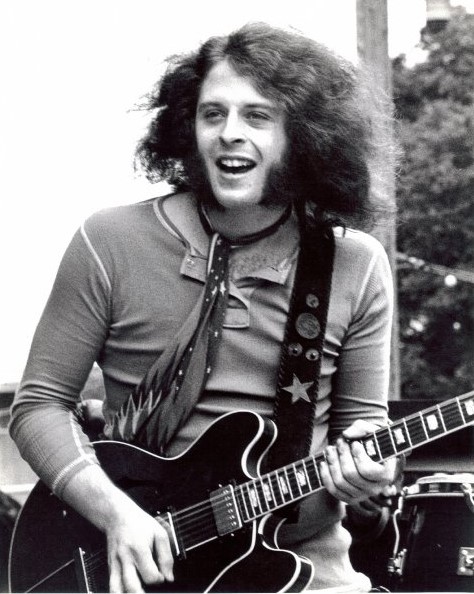
In 1973 you released your first solo album called ‘Lane Changer’. Is it true that Jeff Beck appeared on the album?
I traveled to London with Crabby Appleton’s keyboardist, Casy Foutz, to record with Chris White as producer (Chris was the bass player and a primary writer in The Zombies, and the producer of the group Argent). The engineer at CBS’ London studios was great to work with, as was Chris, for they had no fear of loud, distorted sounds, as some of the engineers I’d previously worked with had.
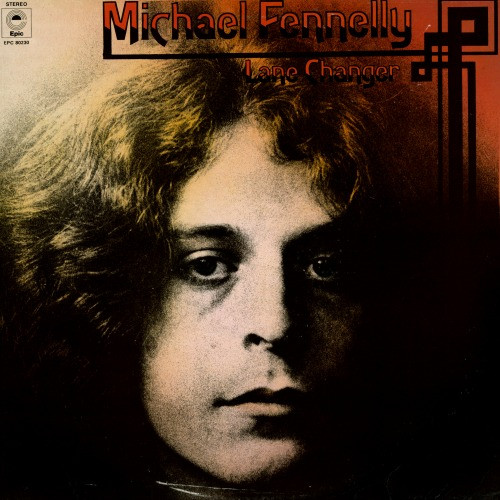
The rhythm section from Argent played on the more up-tempo rock material, and we had some great musicians come in for various contributions. Jeff Beck played the lead guitar on the song ‘Watch Yerself.’
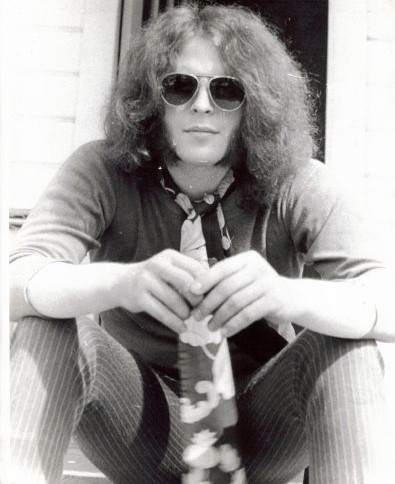
Chris White was a joy to work with, making suggestions, but never insistent or overbearing. Producers never drew me one way or the other – with the possible exception of Curt Boettcher, whose charisma and creative direction influenced everyone around him. But after that, I was rather self-contained. I had the songs and a definite idea of how they should sound. The better producers I worked with either added influence or left me alone…
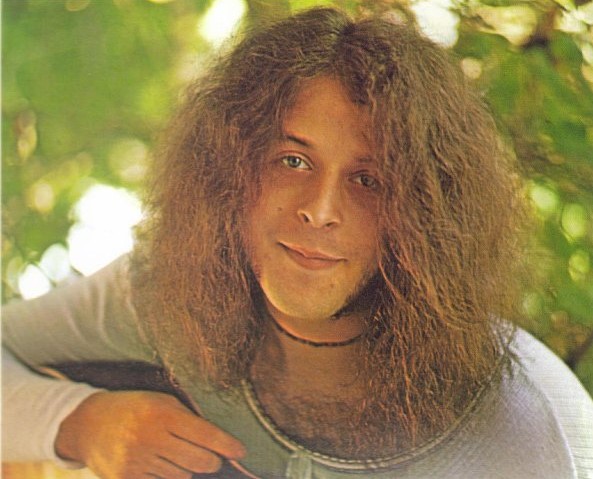
‘Stranger’s Bed’ followed.
I put together a band for the recording of ‘Stranger’s Bed,’ back in the United States, and had Krith Olsen engineer (Keith was one half of the production duo of Curt Boettcher/Keith Olsen for the Millennium’s ‘Begin’ LP – Keith was the genius behind the electronic wizardry that enabled us to achieve sounds not yet discovered in 1968).
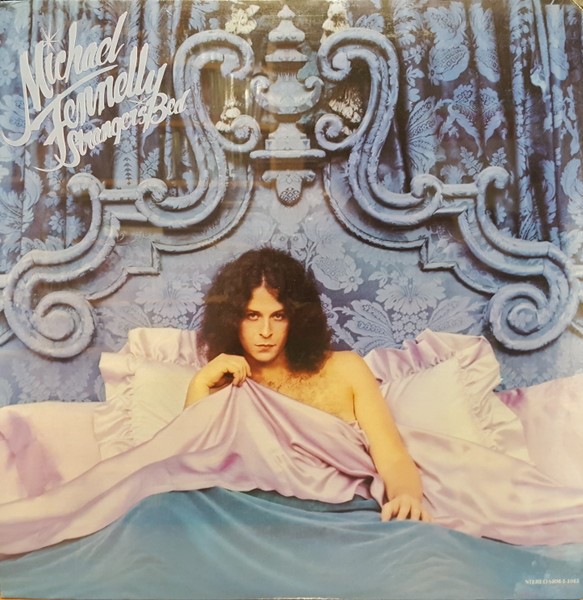
We had a great time making the record, but the label just put it out, with little promotion or follow-up.
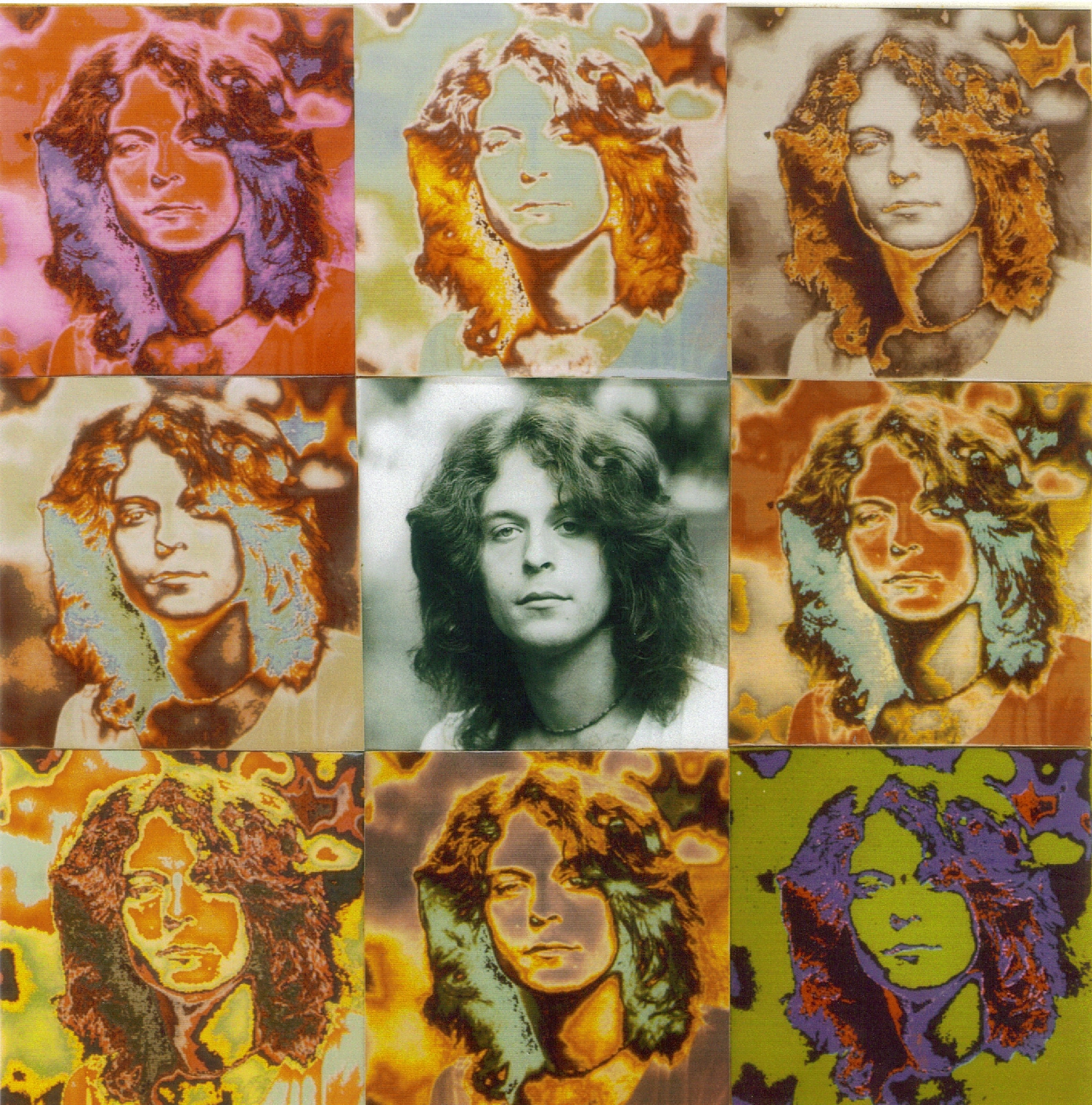
What currently occupies your life?
I continued writing songs and performing with my bands through the late 1980s, but didn’t secure a record deal. The Los Angeles music scene had changed considerably. Cookie-cutter bands, all looking and sounding alike. There wasn’t much interest in artists who strayed from that formula. I retired in 1989 and moved to Oregon, where I began my second career, raising funds for progressive non-profit organizations. I do have quite a collection of unreleased material – demos in various states of quality and completion. I hope to release some of that material soon. I’m working with Sundazed Records on just such a project.
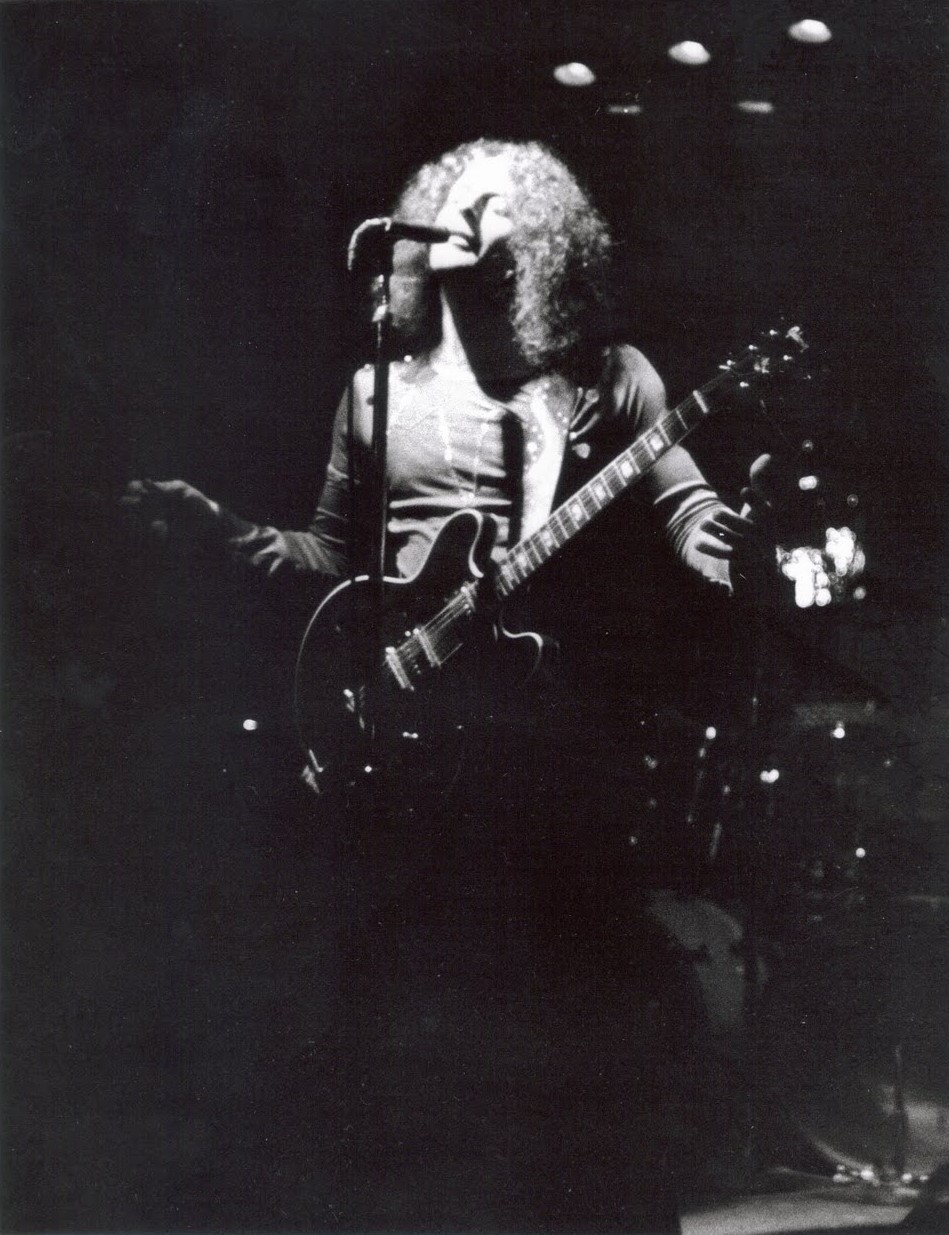
Thank you. Last words are yours.
I’d only add that I feel tremendously fortunate to have made music during one of the great eras in popular music history. I worked with many great musicians and producers, had amazing adventures, and left some music behind for people to enjoy, hopefully. I enjoyed some success and am grateful I had the chance to live my dream…
Klemen Breznikar

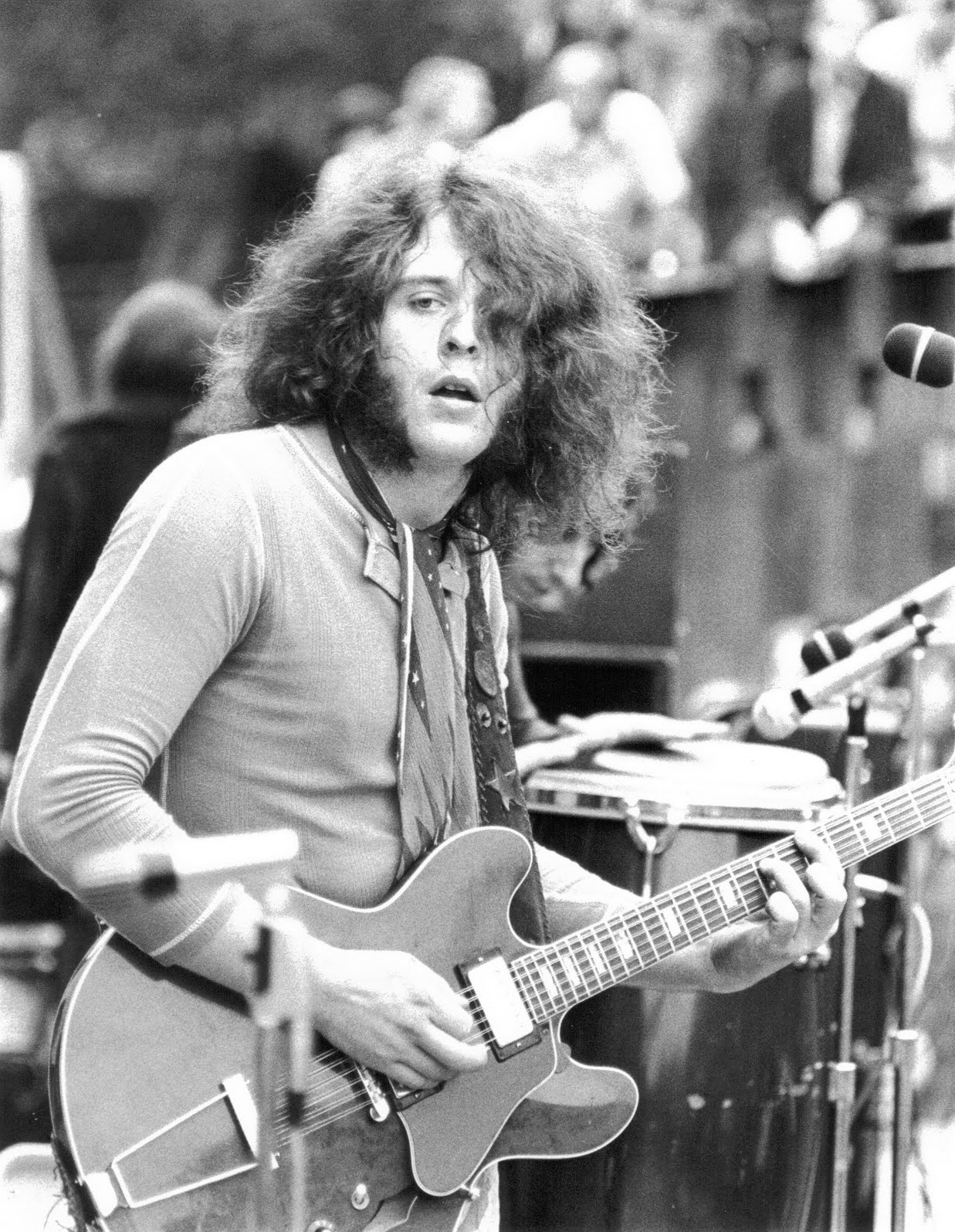



Teriffic interview with one of the more interesting, overlooked artists of the 60s/70s. Nice job!
I still have my crabby Appleton lp. Talked with all of you when you played in a small town in longview Washington , my friend and I thought you were all great ,thanks.markdykstramusic@mac.com
thanks for the Crabby tunes!!! I will never forget meeting Myles Goodwyn of April Wine at a concert in 73….a bit wasted I said to him "I love your song Go Back"..he said thanks but it wasn't his….again, a bit wasted, I said " no, come on." and began singing it…he said "sounds like a great tune but it really isn't mine"…I left it at that and resumed my beer drinking….woke up the next day…played my CA album and said to myself…"that is one great fucking album!!!" Thanks for the incredible music….I put CA right there with my Who, Floyd, and Zeppelin Lp's……